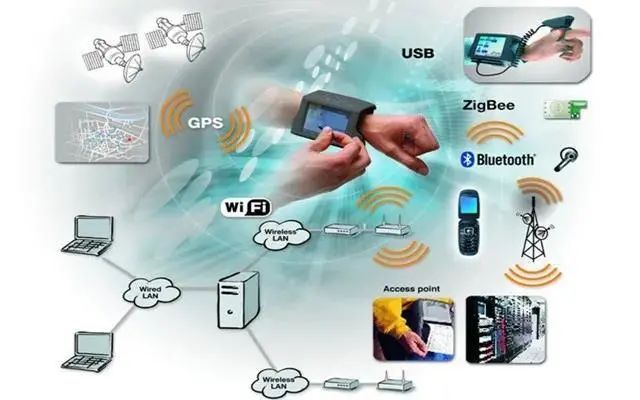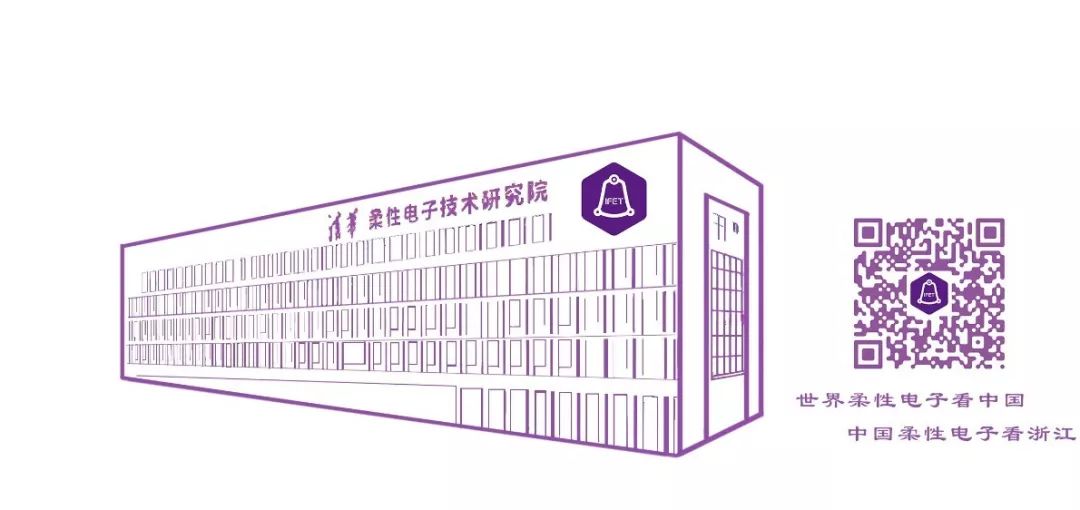In recent years, with the increasing maturity of Internet of Things technology and mobile communication technology, smart wearable devices have developed rapidly. They are widely used in fields such as healthcare, aerospace, military, and digital technology, helping people better monitor their vital signs, dynamically perceive the external environment, achieve more efficient communication, and even provide timely feedback and information processing.
As smart devices worn closely to the body, they are often expected to have characteristics such as portability, miniaturization, and flexibility to ensure a more comfortable wearing experience for users. However, traditional batteries that provide energy supply for these devices have issues such as large size, heavy weight, short battery life, and limited power supply duration. It can be said that the energy supply issue has somewhat restricted the further development of wearable smart devices.

Applications of Wearable Smart Devices
Based on this, domestic scholars have proposed a wearable ubiquitous energy system. Through flexible wearable clothing and devices, it can effectively collect commonly available energies such as solar energy, thermal energy, and mechanical energy generated by human motion, converting them into electrical energy for comprehensive utilization. This not only avoids environmental limitations of a single energy supply but also meets the energy needs for the normal operation of low-power wearable devices. This is a powerful means to solve the energy supply problem of smart wearable devices.

Harvesting Ubiquitous Energy
Different types of ubiquitous energy have different harvesting mechanisms.

Figure 1 (a)-(c)
Solar Energy
Solar energy is widely available in nature and contains immense energy. By utilizing the photovoltaic conversion characteristics of semiconductor materials, solar energy can be converted into electrical energy. The most effective way is to create solar clothing, as shown in Figure 1 (a). Multiple flexible solar cells are connected by wires to form a flexible solar cell array, which is placed on the back of the clothing to collect solar energy and convert it into electrical energy, thus powering wearable smart devices.
Thermal Energy
There is a temperature difference between the human body and the external environment. Based on the Seebeck effect, thermoelectric generation utilizing temperature differences is the most effective method for harvesting wearable thermal energy. Thermoelectric generators are arranged in series and parallel on a flexible circuit board to form a thermoelectric module, as shown in Figure 1 (b)-1. The thermoelectric module is placed on the front of a motion-tight garment to create thermoelectric clothing, where the thermoelectric generator is in close contact with the skin, allowing effective collection and conversion of energy.
Mechanical Energy
A significant amount of mechanical energy can be harvested from normal human activities, such as the rotation of joints and the load of gravity. Based on the principles of electromagnetic generation, scholars have designed a foot mechanical energy harvesting device driven by inertia and pressure, installed in insoles, as shown in Figure 1 (c). It utilizes walking inertia and foot pressure to generate electricity and convert energy while also providing cushioning to prevent sports injuries.

Optimization of Energy Storage and Consumption
Currently, traditional batteries (such as lithium batteries) primarily used for energy storage have many issues, such as heavy weight, large size, limited energy supply lifespan, regular replacement, material waste, and environmental pollution.
Considering the comfort requirements of flexible wearable smart devices, flexible energy storage components can better achieve energy storage. Currently, flexible solid-state supercapacitors with performance comparable to ordinary supercapacitors are under experimental research. Their shape resembles that of fabric, and they are very soft, suitable for wearable systems, allowing the harvested ubiquitous energy to be stably and effectively stored in flexible solid-state supercapacitors.
Additionally, reducing the energy consumption of sensors, chips, and communication systems, as well as selecting the most efficient networking technologies, are also effective methods to improve the endurance of wearable devices, such as the development of low-power high-performance chips and the advancement of “body area network” communication methods.

Flexible Solar Cells
In the future, the connections between various ubiquitous energy sources will be further strengthened. With further in-depth research, the integration and scheduling of multiple ubiquitous energy sources may achieve continuous energy supply, effectively solving the energy supply issues of wearable smart devices. This will significantly enhance the user experience of wearable smart devices and further push wearable applications into a broader consumer market.
Information Source: Heqing Roudian

Address: No. 17, Kechuang CBD Park, 906 Asia-Pacific Road, Nanhu District, Jiaxing City, Zhejiang Province
Contact Number: 0573-82572562